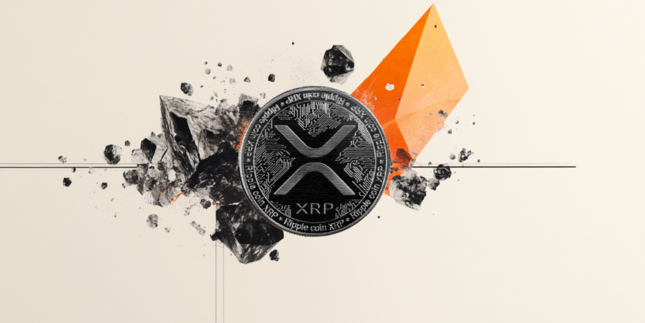On the radar
-
Moody’s announced completion of a periodic review of ratings for Romania without announcing any rating action.
-
In Hungary, producer prices rose by 3% y/y.
-
In Poland and Slovenia flash estimates of inflation will be published at 10 and 10.30 AM CET.
-
In Croatia and Serbia, retail sales and industrial output growth in August will be releases at 11 AM CET and at noon.
-
In Serbia, trade data will be published at the top.
Economic developments
In September 2024, the Economic Sentiment Indicator (ESI) remained broadly stable in both the EU and the euro area. The development of the ESI in the EU resulted from improved confidence in construction and among consumers, offset by a decrease in industry confidence. Further, the Employment Expectations Indicator (EEI) remained broadly unchanged as well. While the EEI is at or very close to its long-term average of 100, the ESI continues to score below that reference value. When we look at the ESI in the region, the indicator improved slightly in September for the second consecutive month. Such development brought the 3Q24 average of the ESI indicator slightly higher compared to the 2Q24. The change is rather marginal and is driven by improvement of the sentiment in Czechia, Poland and Serbia. In other countries economic sentiment declined. Further, consumer confidence deteriorated marginally in September. All in all, the market sentiment points to rather sluggish recovery in the second half of the year.
Market movements
Moody’s Ratings announces completion of a periodic review of ratings of Romania. It stressed, however, that the publication did not announce a credit rating action and is not an indication of whether or not a credit rating action is likely in the near future. Romania's ratings reflect the economy's strong growth potential, which is supported by strong EU funds and foreign direct investment (FDI) inflows. These strengths are balanced by relatively weak institutions and governance strength and elevated fiscal and current account deficits. CEE currencies depreciated last week against the euro, with the Hungarian forint losing almost 1% w/w as the central bank resumed its monetary easing. This week, the Romanian central bank is expected to be next in CEE to cut interest rates, while Poland’s central bank should keep rates on hold. Government bond yields in both major markets and CEE edged down last week. In Romania, budget deficit reached -4.6% of GDP at the end of August.
This document is intended as an additional information source, aimed towards our customers. It is based on the best resources available to the authors at press time. The information and data sources utilised are deemed reliable, however, Erste Bank Sparkassen (CR) and affiliates do not take any responsibility for accuracy nor completeness of the information contained herein. This document is neither an offer nor an invitation to buy or sell any securities.
Recommended Content
Editors’ Picks

EUR/USD stabilizes above 1.1350 on Easter Friday
EUR/USD enters a consolidation phase above 1.1350 on Friday as the trading action remains subdued, with major markets remaining closed in observance of the Easter Holiday. On Thursday, the European Central Bank (ECB) announced it cut key rates by 25 bps, as expected.

GBP/USD fluctuates below 1.3300, looks to post weekly gains
After setting a new multi-month high near 1.3300 earlier in the week, GBP/USD trades in a narrow band at around 1.32700 on Friday and remains on track to end the week in positive territory. Markets turn quiet on Friday as trading conditions thin out on Easter Holiday.

Gold ends week with impressive gains above $3,300
Gold retreated slightly from the all-time high it touched at $3,357 early Thursday but still gained more than 2% for the week after settling at $3,327. The uncertainty surrounding US-China trade relations caused markets to adopt a cautious stance, boosting safe-haven demand for Gold.

How SEC-Ripple case and ETF prospects could shape XRP’s future
Ripple consolidated above the pivotal $2.00 level while trading at $2.05 at the time of writing on Friday, reflecting neutral sentiment across the crypto market.

Future-proofing portfolios: A playbook for tariff and recession risks
It does seem like we will be talking tariffs for a while. And if tariffs stay — in some shape or form — even after negotiations, we’ll likely be talking about recession too. Higher input costs, persistent inflation, and tighter monetary policy are already weighing on global growth.

The Best brokers to trade EUR/USD
SPONSORED Discover the top brokers for trading EUR/USD in 2025. Our list features brokers with competitive spreads, fast execution, and powerful platforms. Whether you're a beginner or an expert, find the right partner to navigate the dynamic Forex market.